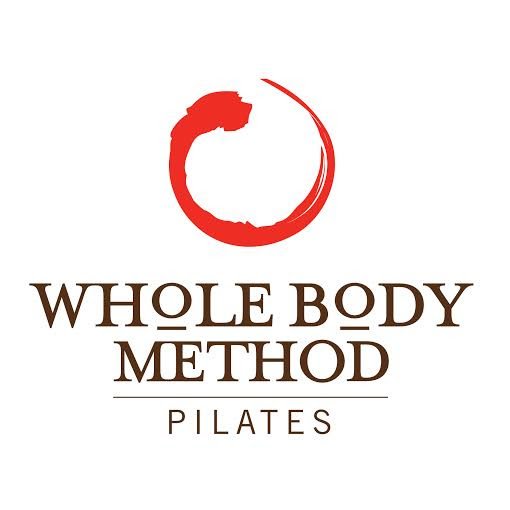Osteoarthritis: What Is It, And How To Treat It.
What is Osteoarthritis?
Osteoarthritis is the degeneration of joint cartilage and the underlying bone, most common from middle age onward. It causes pain and stiffness, especially in the hip, knee, and thumb joints.
What is Cartilage?
Cartilage is a firm, rubbery, flexible connective tissue covering the ends of bones in normal joints. It is primarily made up of water and proteins whose primary function is to reduce friction in the joints and serve as a "shock absorber."
Who is Affected?
Approximately 80% of older adults, ages 55 years and older, have evidence of osteoarthritis on X-ray. Of these, an estimated 60% experience symptoms.
How do I know if I have Osteoarthritis?
Unlike other types of arthritis, the pain from osteoarthritis usually develops gradually over many months or years. Often it increases with activities that put stress on the joint, such as running, improper movement patterns and repetitive strain on the body. Joint swelling tend to increase slowly over time too.
Osteoarthritis Treatment
Often, over-the-counter (OTC) medications, gentle exercise focusing on alignment and stability, diet & lifestyle changes will be enough to provide you with relief from pain, stiffness, and swelling.
- Medications: (consult with a doctor for the medication appropriate for you)
- Weight Management: Being overweight can put strain on your joints and cause pain. Shedding some pounds helps relieve this pressure and reduces pain.
- Adequate Sleep: Resting your muscles can lower swelling and inflammation. Be kind to yourself and don’t overdo it. Getting enough sleep at night can also help you manage pain more effectively.
- Heat and Cold Therapy: You can experiment with heat or cold therapy to relieve muscle pain and stiffness. Apply a hot or cold compress to sore joints for 15 to 20 minutes, several times per day.
- Pilates Exercise: Pilates strengthens the muscles around your joints, while adding the components of deep breathing and body alignment to help reduce symptoms. Pilates can also improve joint flexibility which can help with pain management. Aim for at least 20 to 30 minutes of gentle exercise, at least every other day.
- Anti-inflammatory Diet: An anti-inflammatory diet may help reduce the risk of chronic pain. No matter what it is labeled, an anti-inflammatory diet discourages eating processed foods and encourages eating vegetables, fruits, beans, whole grains, and foods containing omega-3 fatty acids, such as wild salmon and anchovies canned in oil.
- Mindfulness Techniques: Studies show that mindfulness techniques such as meditation, yoga breathing and guided imagery are effective for managing osteoarthritis. In a mindfulness meditation you are fully present in the moment and acknowledging thoughts, feelings and sensations in an open, nonjudgmental way. For example; f you feel a painful sensation in your knee, instead of negatively labeling it, you simply acknowledge it, accept it and let it go. This helps you break the pattern of negative thinking, which can make the pain worse.
The Bottom line on Treatment
These practices can help take the edge off of your symptoms and improve your quality of life.
For more information on starting a Pilates program, call us at 323-934-7134 or visit us at www.wholebodymethod.com



